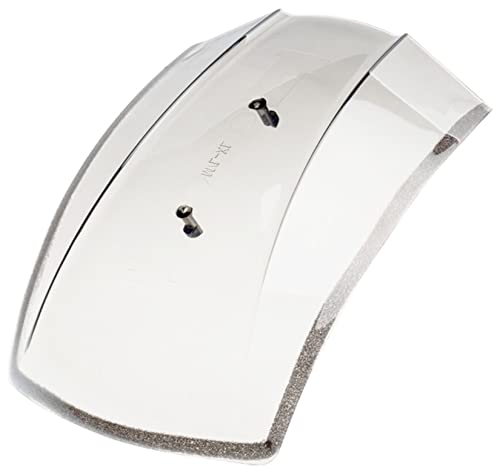Have to rely on the engine tuning software for idle timing. Not the best scenario, but have to accept for now. Going to use the vacuum gauges to try and dial the engine idle in as best I can. This picture illustrates what I want to do:

Want to get into the "normal" range if possible. The red circle is where the engine vacuum has historically been with the CFI system. No ability to change this.
The yellow circle is where the engine vacuum is at this time. An increase of approximately 20 to 25 percent, much better. Going to replace the injector holder o-rings, bit fatter - not much, and see what this does. Would like to get into the late ignition timing area with main trigger angle changes and vacuum leak rectification.

Want to get into the "normal" range if possible. The red circle is where the engine vacuum has historically been with the CFI system. No ability to change this.
The yellow circle is where the engine vacuum is at this time. An increase of approximately 20 to 25 percent, much better. Going to replace the injector holder o-rings, bit fatter - not much, and see what this does. Would like to get into the late ignition timing area with main trigger angle changes and vacuum leak rectification.












































